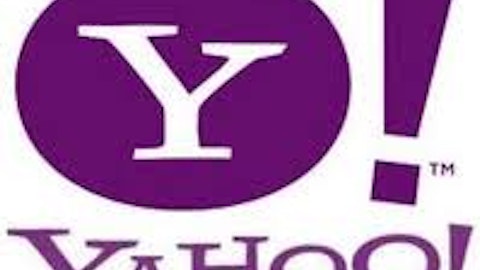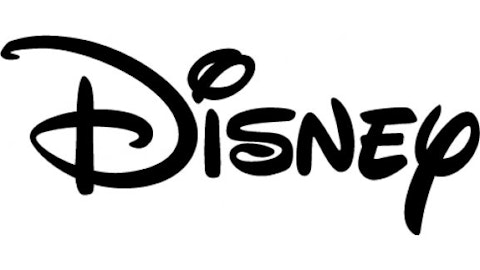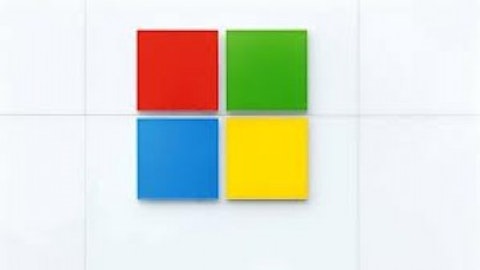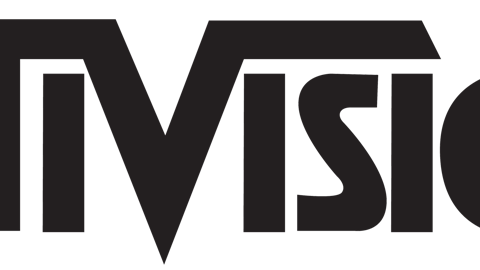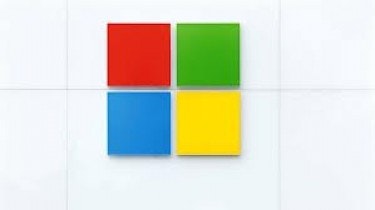
Now, it seems, the company is trying to turn this around. In addition to getting its tablets in front of the buying public through major retailers such as Wal-Mart Stores, Inc. (NYSE:WMT) and Best Buy, Microsoft Corporation (NASDAQ:MSFT) has also slashed the price of the Surface RT tablet by $150. This pricing change allows customers to pick up a Surface RT for as low as $349, or $449 with the optional touch cover. The question is, will this change be enough?
Why Microsoft needs the Surface
Microsoft Corporation (NASDAQ:MSFT) is no stranger to the tablet market, though early attempts at Windows tablets weren’t exactly stellar. With the growing prevalence of tablets and other mobile devices and the stagnation of PC sales, the Surface marks Microsoft’s attempts to learn from past mistakes and make a sleek product that offers advantages to users who have Windows installed on PCs and laptops.
The shared ecosystem between the Surface (and other modern Windows tablets) and the Windows 8 desktop experience is compelling. If taken full advantage of, this ecosystem could allow the Windows experience to transcend any one device and make Windows tablets a natural extension of a consumer’s home computer.
Since the Surface was developed in-house by Microsoft, it has the potential to serve as the “gold standard” for the Windows tablet experience; while third-party manufacturers will still produce Windows RT and Windows 8 tablets, consumers might prefer the Surface since it would theoretically give them an experience designed from the ground up to support Windows.
This boost in profits and reputation would help to solidify Microsoft Corporation (NASDAQ:MSFT)’s business and brace it against declining PC sales. Selling the “Windows experience” could also aid adoption rates for Windows 8, getting Surface owners used to the Modern UI and selling them on the extended operating environment. Of course, to reach that point the Surface has to overcome Apple Inc. (NASDAQ:AAPL) and Google Inc (NASDAQ:GOOG).
A tale of market share
Microsoft’s biggest problem with the Surface is that it tried to cut a path into an established market that is dominated by the iPad and tablets using Google Inc (NASDAQ:GOOG)’s Android operating system. Over 80% of the mobile market is controlled by Android and Apple’s iOS, and in the tablet market specifically the two operating systems account for nearly 98% of all tablets. For Microsoft Corporation (NASDAQ:MSFT) to make headway into the tablet market, it needs to take market share away from one or both of the established market leaders.
Taking market share away from Apple Inc. (NASDAQ:AAPL) would require offering a solid tablet experience on par with the iPad at a lower price point. Before the price of the Surface was unveiled, many expected the Surface RT to be priced lower than the iPad to give Microsoft a competitive advantage. When this didn’t happen, shoppers were left with a choice between an unknown tablet that was difficult to find in stores and a well-known tablet that was widely available. The Surface RT price cut aims to correct this, but it may be too little too late.
Aiming for Google Inc (NASDAQ:GOOG)’s market share brings with it its own problems since Android is freely available to a wide range of tablet manufacturers. It would be impossible for Microsoft Corporation (NASDAQ:MSFT) to underprice Android tablets as there are Android devices at almost every price point, so the company would have to provide a better user experience instead. Microsoft may be aiming at this with its expansion into Best Buy and Wal-Mart, getting the tablets in front of consumers and touting features such as a standard USB port and the availability of Microsoft Office in the tablet form factor. The problem here is that the Surface is just one of several tablets for sale in these venues, and the majority of those tablets run on Android. Microsoft could easily get lost in the crowd.
Saving the Surface
Cutting the price of the Surface RT and getting it in front of more consumers are good steps for Microsoft. Unfortunately, the company is facing an uphill battle for market share and is unlikely to capture a significant portion of the market from either of the market leaders any time soon. At best, the push to sell more Surface tablets will help to position the company for a follow-up tablet (likely focused on the Windows 8-equipped Surface Pro instead of the Surface RT) in the future. If it hopes to be successful, however, Microsoft Corporation (NASDAQ:MSFT) needs to learn from its mistakes this time or the next generation of Surface tablets will fare no better than the current one.
The article Will a Price Cut Make the Surface Relevant? originally appeared on Fool.com and is written by John Casteele.
John Casteele owns shares of Apple and Microsoft. The Motley Fool recommends Apple and Google. The Motley Fool owns shares of Apple, Google, and Microsoft. John is a member of The Motley Fool Blog Network — entries represent the personal opinion of the blogger and are not formally edited.
Copyright © 1995 – 2013 The Motley Fool, LLC. All rights reserved. The Motley Fool has a disclosure policy.
